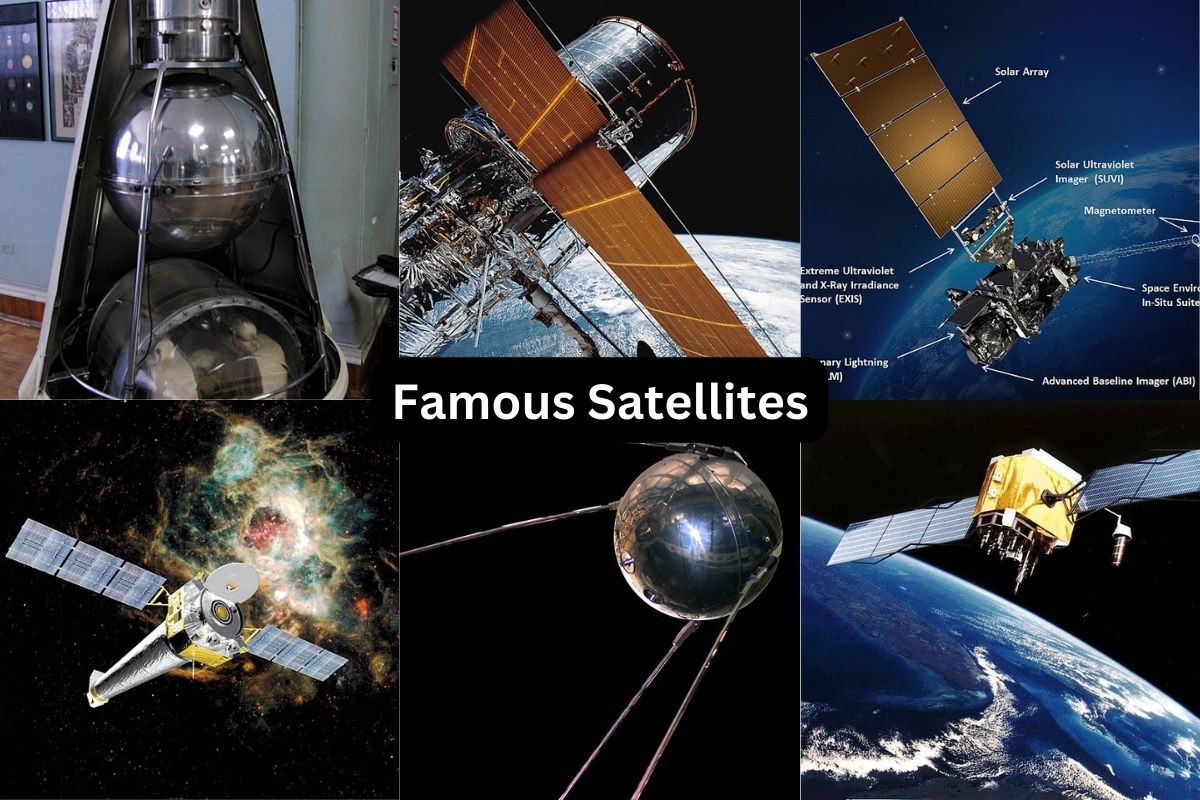In the annals of human exploration, satellites have played a pivotal role in expanding our understanding of space and our planet.
From the historic launch of Sputnik 1, marking the dawn of the Space Age, to the cutting-edge observations of the Hubble Space Telescope, these man-made marvels have reshaped our perspective on the cosmos.
In this article, we delve into the fascinating world of famous satellites, exploring their missions, contributions, and the impact they’ve had on science, technology, and our perception of the universe.
Famous Satellites
1. Sputnik 1
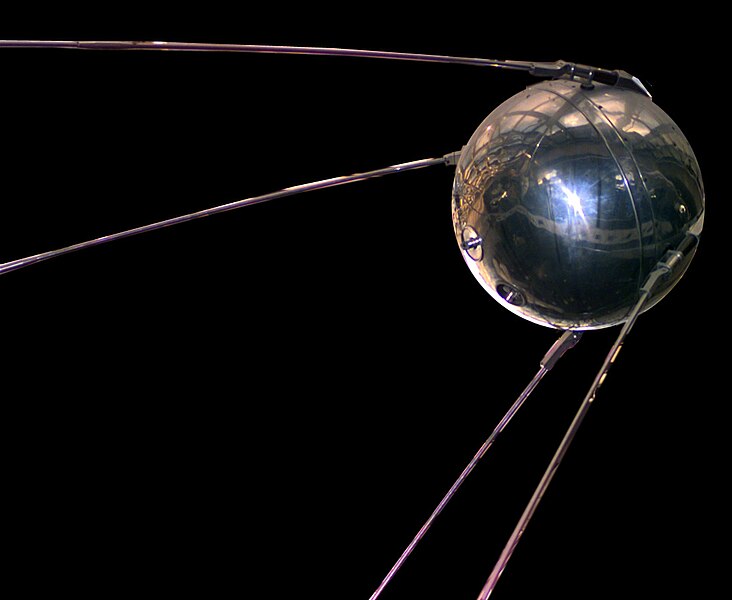
Sputnik 1, launched by the Soviet Union on October 4, 1957, was the world’s first artificial satellite and a significant milestone in space exploration.
It marked the beginning of the Space Age and heightened the Cold War space race between the United States and the Soviet Union.
Also Read: Famous Aerospace Engineers
Sputnik was a small, spherical satellite that transmitted radio signals, demonstrating Soviet space capabilities and sparking increased investment in space exploration worldwide. Its successful launch remains a pivotal moment in the history of science and technology.
2. Hubble Space Telescope
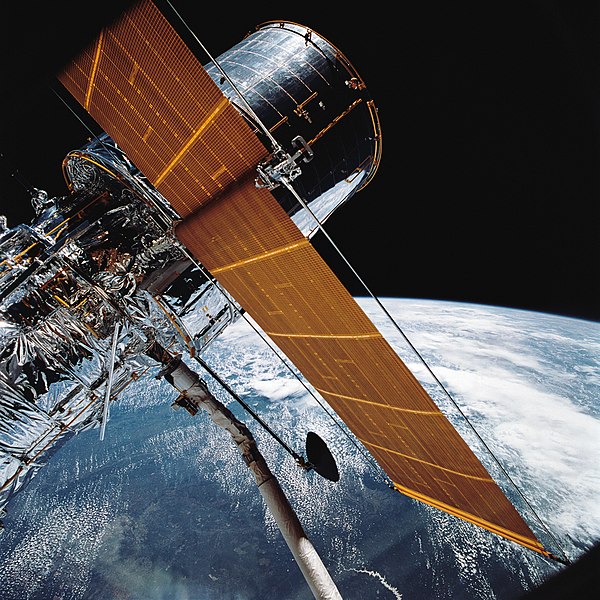
Launched by NASA in 1990, the Hubble Space Telescope orbits Earth and provides astronomers with a clear view of the cosmos.
It captures breathtaking images and conducts vital research across various light wavelengths, advancing our understanding of the universe.
Hubble’s observations have unraveled cosmic mysteries, including the age of the universe and the existence of dark matter. It remains a symbol of scientific discovery, inspiring curiosity about space.
3. International Space Station (ISS)

The International Space Station is not a single satellite but a space station that orbits Earth. It serves as a unique laboratory for scientific research, international cooperation, and a symbol of human presence in space.
The ISS has been continuously inhabited by astronauts from various nations since November 2, 2000, conducting experiments in various fields, including biology, physics, and Earth sciences. It has played a crucial role in advancing our knowledge of living and working in space.
4. GPS Satellites
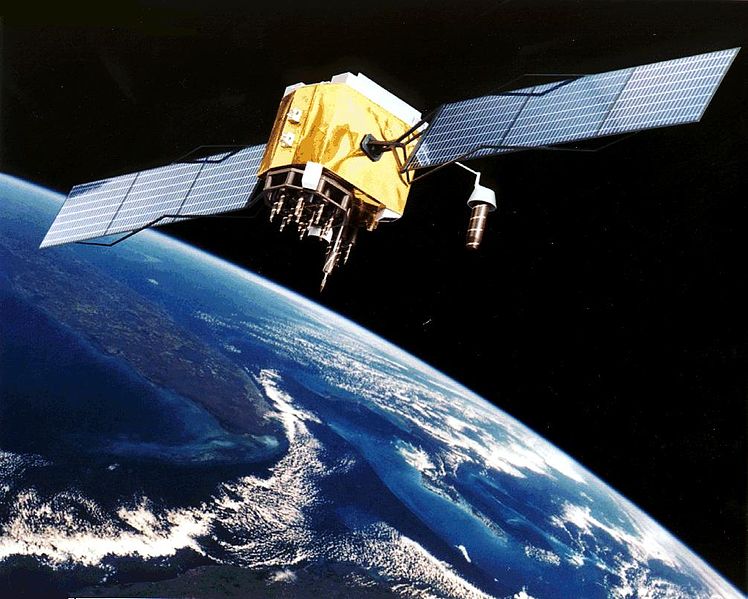
The Global Positioning System is a network of satellites originally developed and maintained by the United States Department of Defense. It consists of a constellation of at least 24 satellites orbiting Earth.
These satellites continuously transmit precise signals that can be received by GPS receivers on Earth. By triangulating signals from multiple satellites, GPS receivers can determine their precise location, velocity, and time.
GPS is widely used for navigation, including in cars, smartphones, aircraft, boats, and more. It also plays a crucial role in applications such as surveying, agriculture, and emergency services.
5. Landsat Satellites
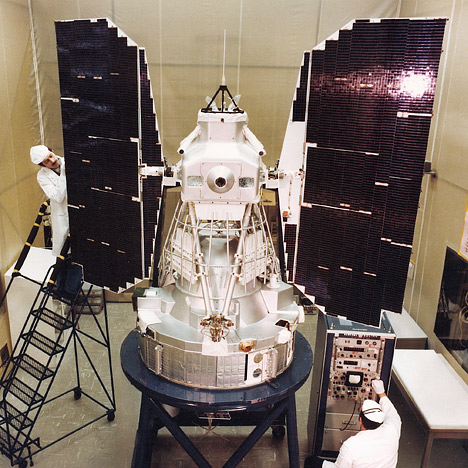
The Landsat program, initiated by NASA in collaboration with the U.S. Geological Survey (USGS), has been providing Earth-observing satellite data since 1972.
The program has launched several Landsat satellites over the years, each equipped with advanced sensors to capture detailed images of Earth’s surface.
Landsat satellites have been instrumental in monitoring changes in land use, tracking deforestation, assessing the health of agricultural crops, and studying the effects of climate change. These satellites provide valuable data for land management, environmental monitoring, and scientific research.
6. GOES Satellites
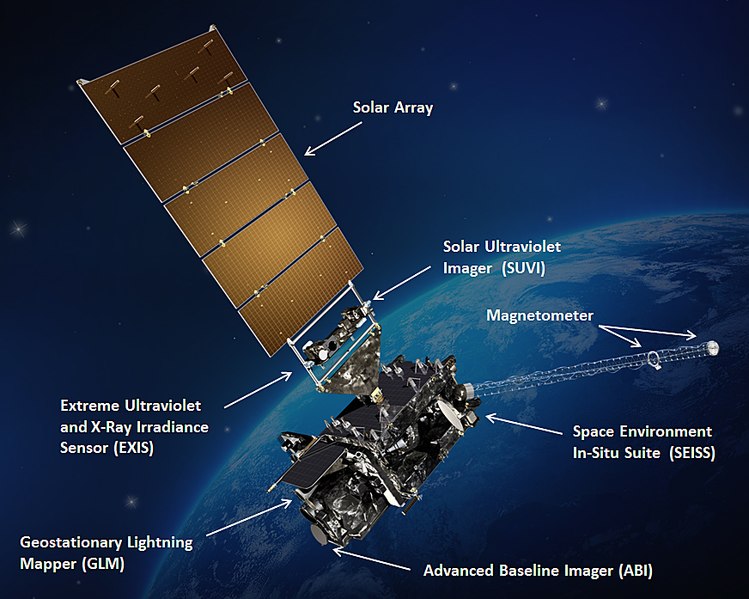
The GOES program, operated by the National Oceanic and Atmospheric Administration (NOAA), consists of geostationary weather satellites that provide continuous monitoring of weather conditions over North America.
These satellites are positioned in geostationary orbits, which means they remain fixed relative to a specific point on Earth’s surface. GOES satellites capture images and data about weather patterns, severe storms, hurricanes, and other atmospheric phenomena.
Meteorologists and weather forecasters rely on GOES data to track and predict weather events, issue warnings, and monitor climate trends, making these satellites vital for weather forecasting and disaster management.
7. Voyager 1 and Voyager 2
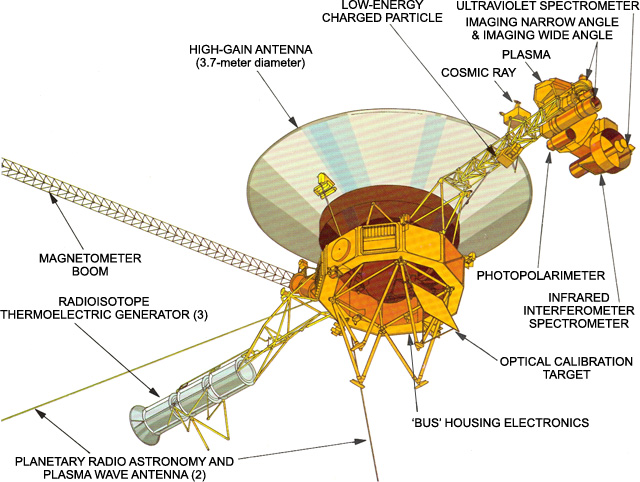
Launched by NASA in 1977, Voyager 1 and Voyager 2 are two of the most famous interplanetary spacecraft. Their primary mission was to study the outer planets of our solar system, including Jupiter, Saturn, Uranus, and Neptune.
Both spacecraft provided invaluable data about these distant planets, their moons, and the environment of the outer solar system.
Voyager 1 is now the farthest human-made object from Earth and has entered interstellar space, providing data about the conditions beyond our solar system. Voyager 2 continues to operate and communicate with Earth, despite being millions of miles away.
8. Sputnik 2
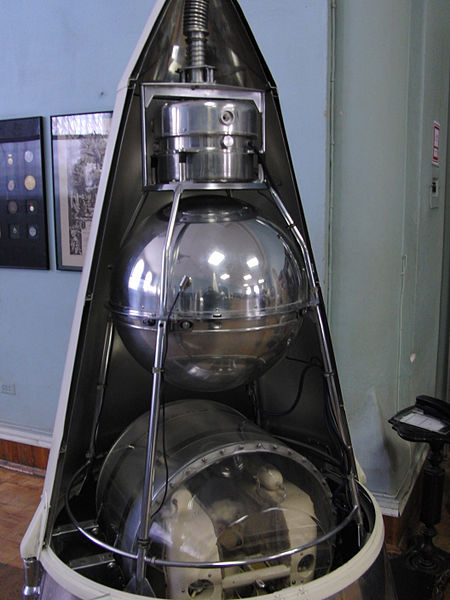
Launched by the Soviet Union in 1957, Sputnik 2 was the second artificial satellite to orbit Earth. What made it famous was its passenger: Laika, a dog.
Laika became the first living creature in space, although sadly, she did not survive the mission. Sputnik 2 highlighted early efforts in human space exploration and the challenges of sending living organisms into space.
9. Apollo 11 Command Module
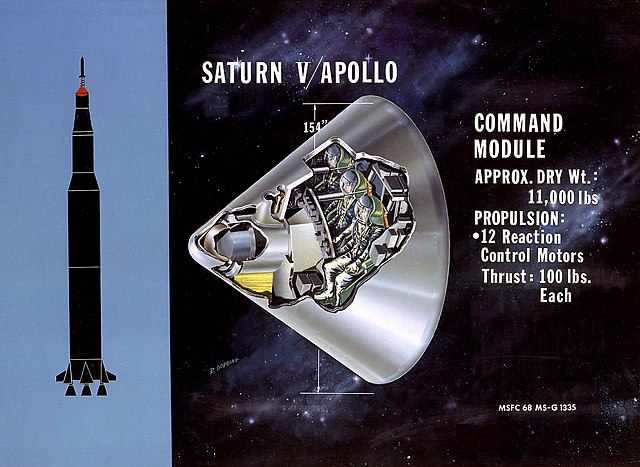
Although not a traditional satellite, the Lunar Module from the Apollo 11 mission is a significant part of space history. It was the spacecraft that carried astronauts Neil Armstrong and Buzz Aldrin to the surface of the Moon on July 20, 1969, while Michael Collins orbited above in the Command Module.
Neil Armstrong’s historic words, “That’s one small step for man, one giant leap for mankind,” were spoken as he stepped onto the lunar surface. This achievement marked the first human landing on the Moon and remains one of the most iconic moments in space exploration.
10. Chandra X-ray Observatory
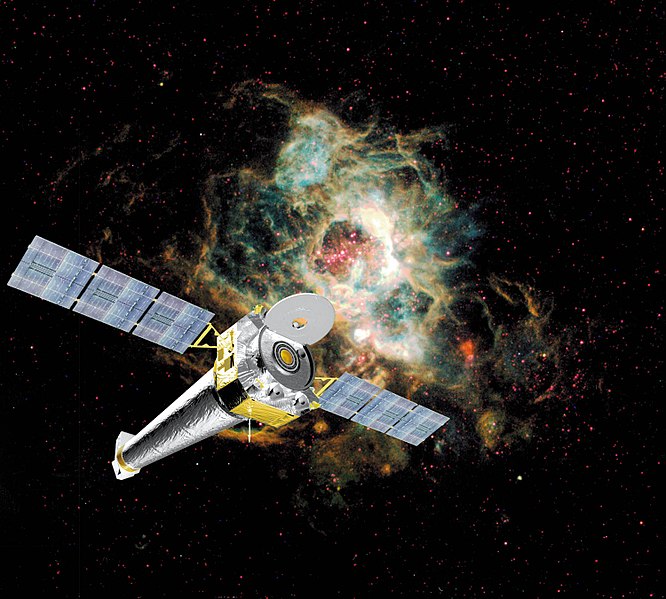
Launched by NASA in 1999, the Chandra X-ray Observatory is one of NASA’s Great Observatories, designed to observe the universe in X-rays.
It has provided critical data on high-energy phenomena in space, such as black holes, neutron stars, supernova remnants, and hot gas clouds.
Chandra’s observations have significantly advanced our understanding of the violent and energetic processes occurring in the cosmos, allowing scientists to study X-ray emissions from distant celestial objects.
